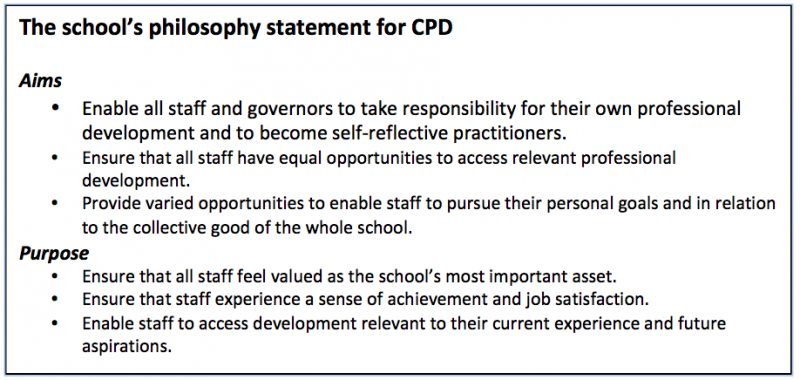Training and appraising support staff, and (often-dreaded) restructures, shouldn't be a challenge. We have a range of expert advice to guide you through each process.

Did you know that, in many schools, support staff numbers can now equal those of teaching staff? Indeed, support staff are becoming ‘influential members’ of our school communities.
Despite this, sadly, while teachers are well-supported because of the stringent statutory procedures, we don’t yet have this for support staff.
The good news is that SBMs can use their influence and expertise to ensure effective CPD and professionalisation for these staff members.
We are already witnessing increased professionalisation of support staff roles: we often hear stories of teaching assistants moving through to higher level TAs and in some cases through foundation degrees into teaching.
When it comes to exploring new ways of including support staff more fully in your schools CPD, we have a host of ideas. Here are a just a few suggestions:
It’s also a good idea to look for areas for improvement in your current procedures: is there anything you could do differently?
Experts recommend that you have a good think about the following areas, to check if there’s anything you could improve:
You could then use the outcomes from this to identify gaps and develop your CPD policy. Consider creating a simple flow chart, making it easy for staff to follow procedures and ensure the school’s records are kept updated.
Your policy usually begins with a school philosophy statement, which outlines your commitment to CPD, what the framework aims to fulfil and its purpose. Here’s a snippet from our sample which shows the kind of areas to cover:

For the full version of this, log in to our site.
Following this, you could then list:
When it comes to performance management policies, schools often choose to simply add all staff to the teachers’ performance management policy and rename it as a ‘whole school policy’.
Wouldn’t it be great to have a policy that was just tailored for support staff? Especially given that teachers have completely different pay and conditions to support staff. Added to that, many authorities don’t provide pay progression for support staff (pay points can be fixed unless a role is re-evaluated). It would be ideal if your policy reflected these issues.
One school created a simple and comprehensive policy to fill this extremely important gap. It includes a rationale demonstrating the school’s commitment to the performance management of their support staff and discusses how they have tailored the process to meet their needs and the needs of the school’s improvement plan.
Restructuring is one of the toughest parts of an SBM’s role, especially if it involves redundancies.
To help alleviate this, experts suggest you look at it from a moral perspective: that schools are public organisations, funded by the taxpayer, and management is charged with the distribution of those public funds in support of the education of young people. School budgets ‘belong’ to the intended beneficiaries - the pupils - and so we have to ensure that they are used in the most effective way possible.
Staffing costs can make up to 80% of a school's expenditure and, in current circumstances, we strive for value for money.
In one of our in-depth articles, an SBM expert takes you step-by-step through the restructuring process to ensure you are performing each step correctly and sensitively.
We're delighted to bring you our 16th annual Employment Law in Education conference, the only event where you can hear from three of the country’s leading education law firms on your key employment law and HR challenges.
Register now to secure your place!